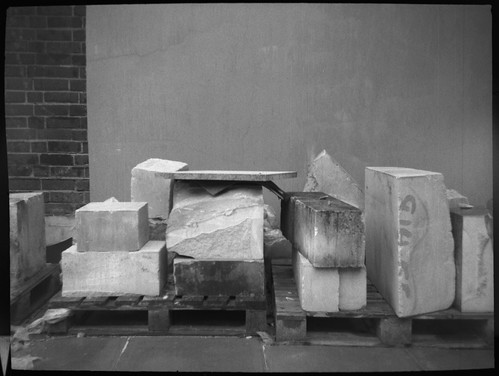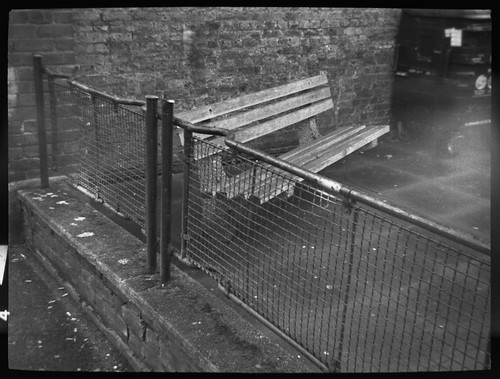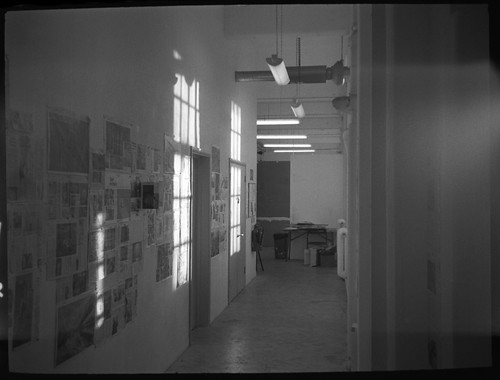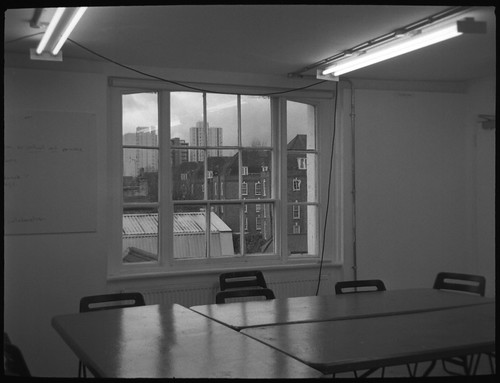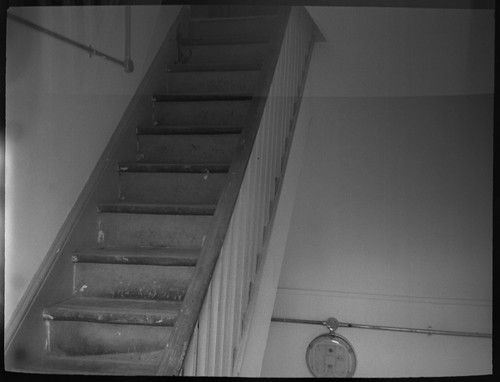After using the
Butcher's Cameo for January's #FP4Party, the Ensign Folding Klito for
February, with March being the third and final
#FP4Party of 2019, the logical choice had to be the
Midg falling plate camera, the last of my three quarterplate-format (8.2x10.8cm) cameras, in order to use the same stock of Ilford FP4 film, of which I had two boxes of 50 sheets with a handwritten date of 16/11/78. I used the same rationale in shooting just two sheets of film each day for the shoot week. As with the previous two months, I rated the film at an exposure index of 50 to compensate for the loss of sensitivity with age, and, again like the last two months, a some of the shots were long exposures on a tripod (or, in one case, simply the floor), and some hand-held. The Midg has a relatively slow f8 Primus Rapid Symmetrical lens, and although its shutter
should be adjustable, my camera only appears to fire at one speed on the instant setting, at possibly around 1/100th, making it only suitable to use hand-held in bright weather.
Of all the cameras I've used in the past three months, the Midg has been most troublesome. In my
post about the camera itself, I quoted a letter from
Miniature Camera Magazine referencing that falling plate cameras would 'jamb' at the critical moment, and I did experience this more than once during the week. On the first day of the shoot week, I did attempt to expose three sheets of film, but the second plateholder jammed, giving a double exposure. One of Tuesday's shots was out of focus due to forgetting to correctly select one of the close-up filters before exposure. Wednesday's two shots were affected by the first not falling cleanly into the bottom of the camera, hence the ghostly shape at the bottom of the frame, which is from the second exposure; the second shot had a shadow of the first plateholder partly obscuring it. Thursday was the only day of the week that I managed to take two shots without any problems, both sheets exposed hand-held with relatively bright sunlight. Friday's shot was made by placing the camera on its back, which meant a lot of dust falling onto the film inside the camera body; a second shot on Friday did not materialise as the sheet of film somehow slipped from its film sheath and I found it loose, unexposed, inside the camera when unloading. Saturday's second shot was very underexposed due to attempting an interior shot with a window handheld on the 'instant' setting. Sunday provided another double exposure, but ignoring my stricture to shoot just two photographs each day, I used up all four sheets of film still inside the Midg at the end of the week, and got the one good shot posted here.
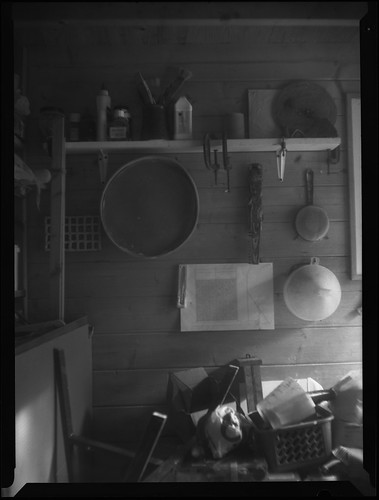 |
| Monday |
 |
| Tuesday |
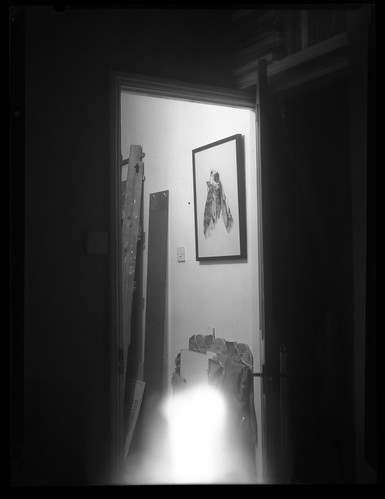 |
| Wednesday |
 |
| Thursday |
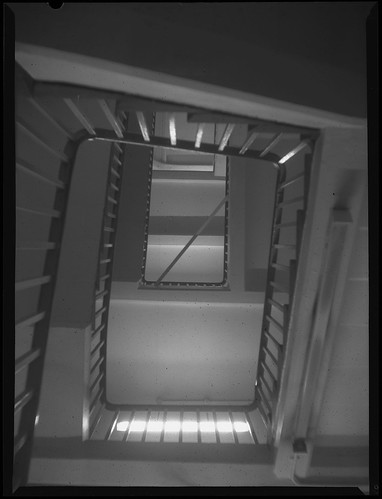 |
| Friday |
 |
| Saturday |
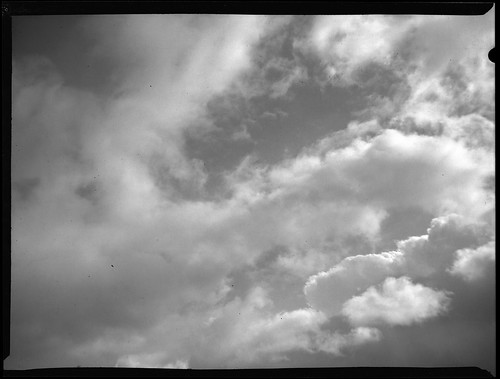 |
| Sunday |










